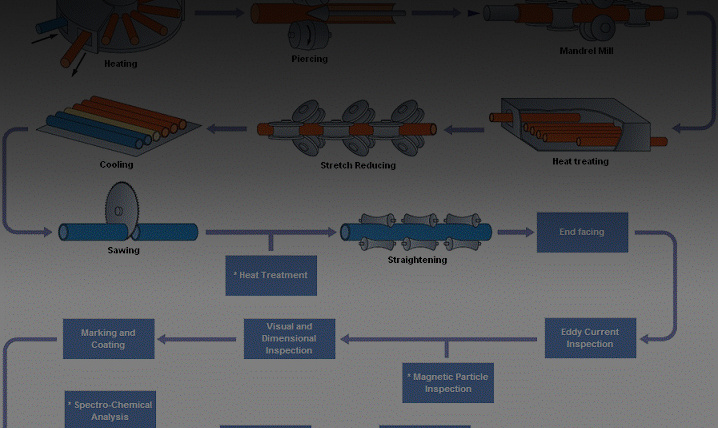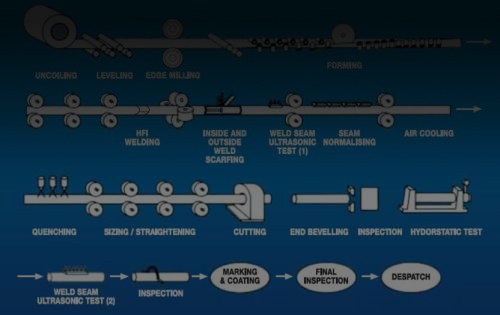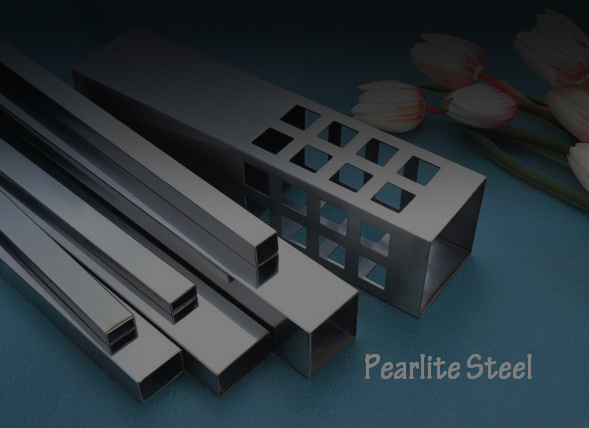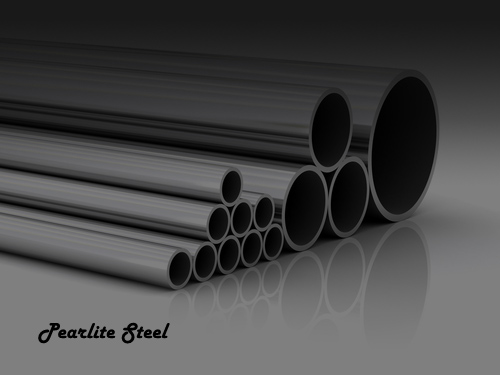Today, Pearlite Steel will discuss about the key difference between Seamless and ERW Stainless Steel Pipe
What is the Raw material required for manufacturing Seamless & ERW Stainless steel Pipes?
Seamless Steel Pipe is made from a solid round steel ‘billet’ which is heated and pushed or pulled over a form until the steel is shaped into a hollow tube. Billets are procured both from indigenous suppliers and from abroad. Major Indigenous suppliers are JSPL, JSW & Kalyani and steel round billets are imported from renowned mills from Europe, Far East countries, Canada, China.
To Manufacture ERW Stainless Steel Pipes HR Coils are required. Major Indigenous suppliers of these HR Coils are SAIL, Essar, JSW, Lloyds etc.






